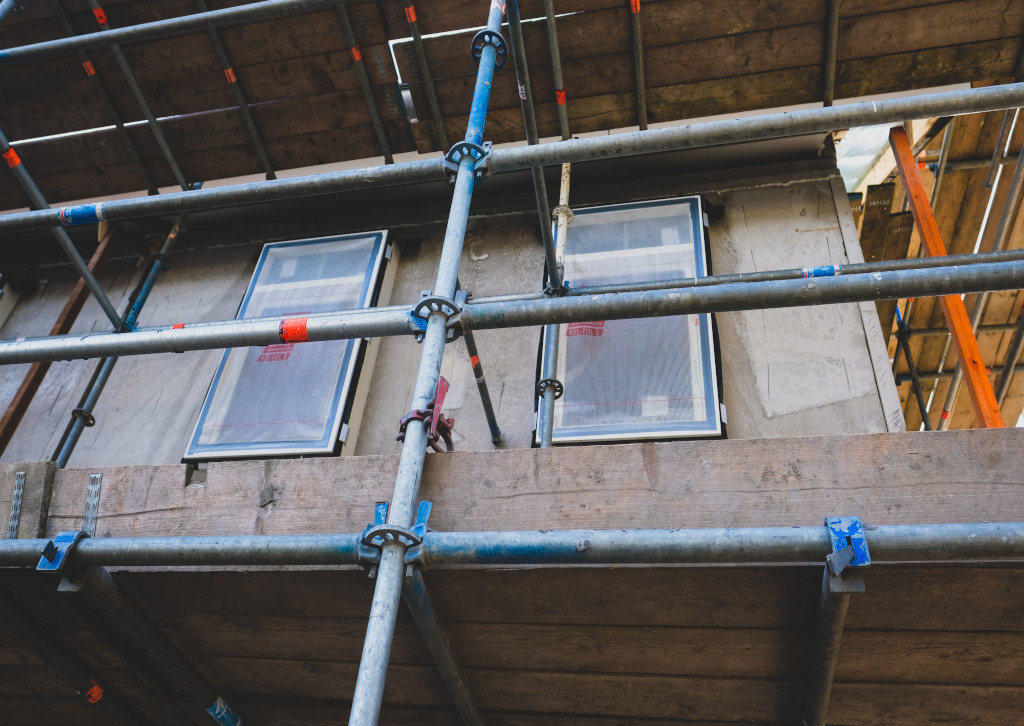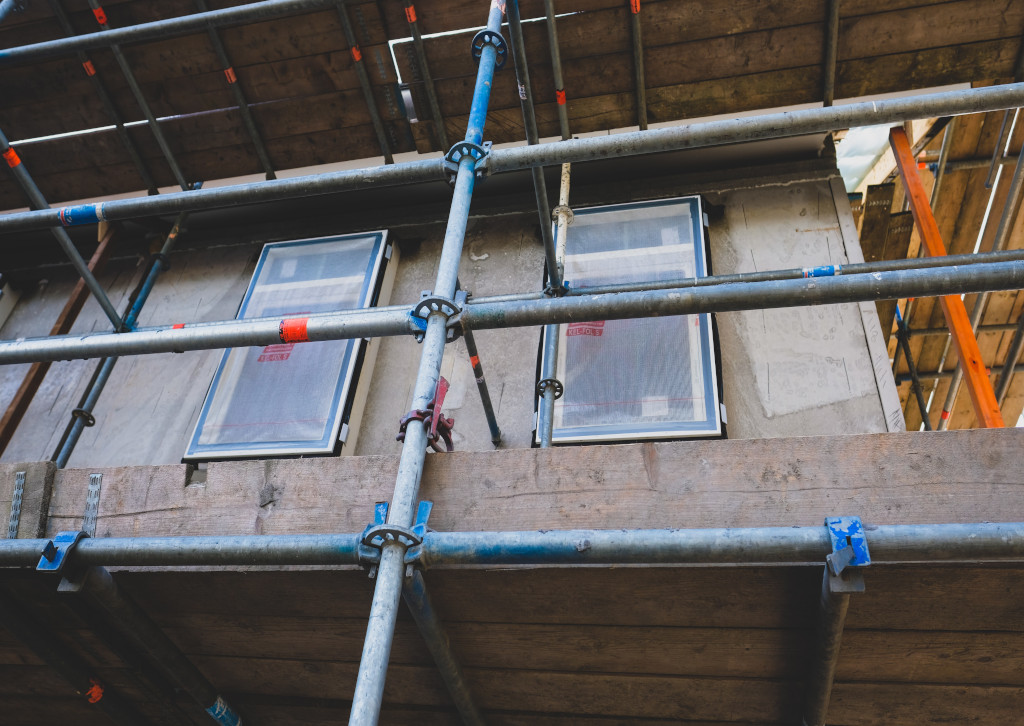
AutoCAD is an incredible tool, helping architects, engineers and design teams to create precise 2D and 3D models with ease. But companies often run into problems when it comes to sharing those designs – which can cause significant challenges on projects further down the line.
To share information from AutoCAD with other stakeholders, most design teams will convert their files into PDFs or other read-only formats. And there are two good reasons for this.
On the one hand, this reformatting ensures that everyone will be able to access the file, regardless of the software they have. Secondly, the process helps protect a firm’s intellectual property from the risk of editing or repurposing.
However, using read-only files complicates the feedback process. Owners and collaborators are forced to mark up changes on PDFs – or even by hand – and return those documents through any number of channels.
This creates risks:
Exported information is immediately outdated – and there’s a chance of commenting on, or even building from, previous version of designs.There is limited traceability over who has received which files, and when.Chasing and collating feedback is a time-consuming process, and it can be hard to clarify changes.Multiple channels are used, increasing the danger of miscommunication.
There is a great alternative available to improve collaboration – and outcomes – on projects. Here’s why project teams should add Autodesk Build into AutoCAD-based workflows.
1. There’s a single source of truth to minimise errors
Autodesk Build enables teams to share design files securely in their native format, which can be accessed from any desktop, laptop or mobile device. The real-time platform creates a single source of truth available to everyone on the project.
New versions automatically replace old documents, eliminating the risk of working from outdated plans. And because there’s unlimited storage and version management, it’s possible to compare past versions of designs – resulting in fewer errors and a deeper understanding of the project.
Importantly, Autodesk Build offers alignment to the ISO 19650 naming convention to support better data management.
2. Communicating changes is quicker, clearer and more collaborative
Autodesk Build bridges the gap between the design team, owners and construction companies. Files can be accessed in a wide variety of formats, from the office or the site, and either viewed or edited depending on the permissions set.
Through the online cloud viewer, stakeholders can directly and precisely annotate plans with their feedback and changes. Design reviewers can be tagged and notified instantly, enabling teams to discuss alterations in real-time for a more collaborative dynamic. Reviews are completed more quickly and effectively, while information is shared that will lead to better outcomes on the build.
3. The clear audit trail results in greater trust
Any file uploaded to Autodesk Build is traceable, whether it’s a PDF, DWG or any other format. At any given time, it’s possible to visualise the history of a file – including when it was created, who has viewed it and any changes that have been made. There is a guaranteed audit trail, with everyone seeing the latest information as it is generated.
This eliminates any doubt or disputes about what has been received by different stakeholders, saving time on follow ups and tracking. Ultimately, this higher level of transparency also leads to greater confidence across the project team – supporting stronger relationships between collaborators.
4. You can connect stages and workflows across the project lifecycle
Rather than a simple document management system, Autodesk Build is a project communication tool that connects stakeholders across the lifecycle. Files become the starting point for exchanging information and beginning additional workflows.
For example, to streamline communication with the build team, designs can be published from AutoCAD to an on-site mobile device within two steps, complete with approval processes and audit trails.
Other workflows can be started within the system: for example, attaching a cost to an issue with an RFI or setting up a meeting to discuss the problem; creating daily logs or defining snagging lists; storing GPS referenced photos or managing assets and their deployment status.
With multiple data points in one place, the project team can benefit from more detailed, holistic data and reporting. And through machine learning, the platform can offer predictive analytics, so that teams can mitigate issues before they occur.
5. There’s the versatility to progress from 2D to 3D
Many companies are gradually transitioning from 2D to data rich formats like BIM modelling. However, in the meantime lots of knowledge will be stored in traditional file types, with projects often including a hybrid of multiple formats. With Autodesk Build, teams have the flexibility of managing and visualising a wide range of file types as they transition.
What’s more, the workflows are very similar for different formats; for example, you can create issues on any file format supported by the viewer. This means that Autodesk Build can not only support traditional workflows, but help companies undertaking the journey from 2D to 3D for the future.
Building better outcomes
Integrating Autodesk Build into AutoCAD workflows helps to connect everyone from design team and supporting disciplines to the construction team and owners.
Having an accessible single source of truth streamlines workflows, improves transparency and mitigates errors, for better collaboration – and better outcomes – on construction projects.
And importantly, by supporting advanced data analysis and the transition to 3D modelling, this platform can help designers to transform for the future.
To learn more Autodesk Build, visit our website.
The post Top 5 Reasons to Add Autodesk Build to Your AutoCAD Workflows appeared first on Digital Builder.
Did you miss our previous article…
https://www.dennis-construction.com/?p=350



